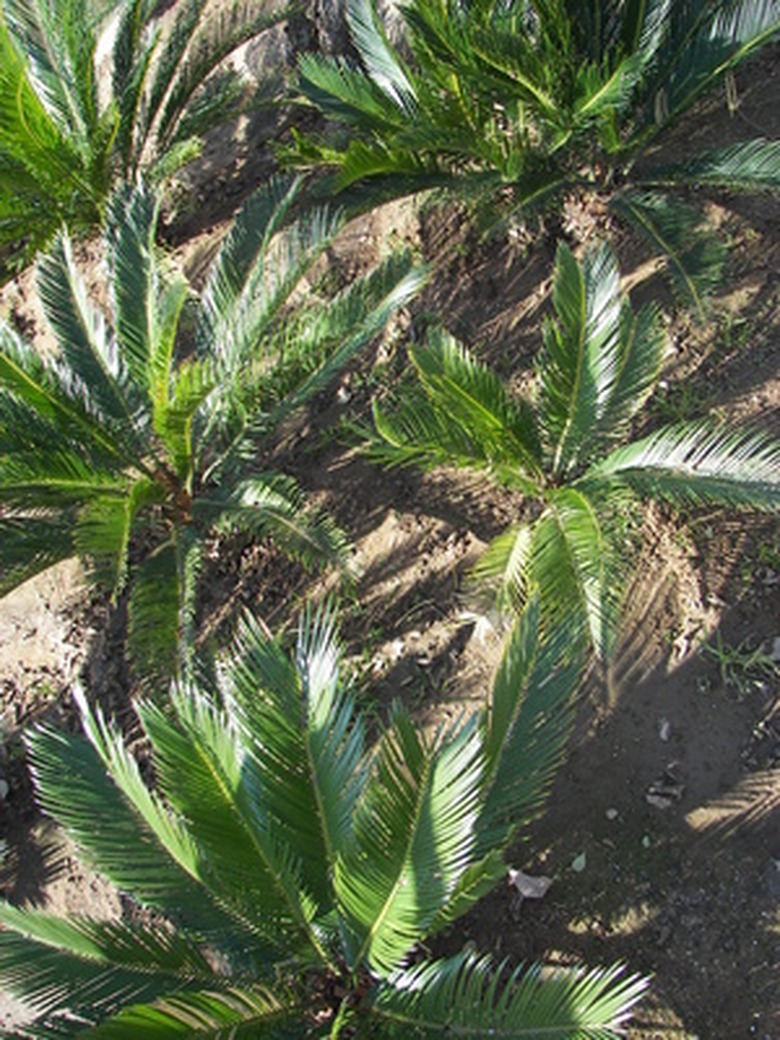Ornamental Plants Of The Philippines
The Philippines is a series of tropical islands that include mountain ranges and a variety of growing zones. Because of its location, the Philippines gets ample rain and has very high average annual temperatures that vary depending on elevation. Because of this, the Philippines is home to a great number of orchids and many palms, including the popular sago palm. Non-native ornamental plants also can grow very well in the Philippines.
Orchids
The Philippines has between 800 and 1,000 species of native orchids. One of the most beautiful species is found only on the island of Mindanao. Discovered in 1882, the waling-waling grows to between 2 and 4 feet tall. This orchid only has one principal stem that terminates with flower clusters that bear 12 to 16 flowers in succession. The blossom is between 2 3/4 and 5 inches wide, among the largest in the Philippines. Growing orchids in the Philippines is a common hobby. In addition to growing them in orchid pots that allow air to reach the roots, they can often be wired to a shady tree trunk where they will take root and grow exceptionally well.
- The Philippines is a series of tropical islands that include mountain ranges and a variety of growing zones.
- Non-native ornamental plants also can grow very well in the Philippines.
Bromeliads
Although not native to the Philippines, bromeliads are grown and sold in the Philippines as an ornamental plant. Bromeliads , tropical plants native to the Americas, grow in a wide range of soils and locations, ranging from tropical rain forests to deserts and coastal areas. Bromeliads grow in the shade and prefer cooler, shady areas. In some cases, growing bromeliads in the Philippines may require netting to reduce sun intensity over the plants. When growing bromeliads in the Philippines, you may want to fertilize them every two to three months.
Palms
Sago palms, a popular houseplant tree in the United States, are native to the Philippines. Sago palms grow mostly in the south. Although most Americans view this palm as a tiny houseplant, sagos in their natural range can grow to nearly 100 feet tall. Sagos can grow very quickly, putting on 5 feet in height per year. Sago palms, however, have several very similar varieties that are smaller. Sagos can be kept in pots to limit size or grown as an ornamental yard plant in most parts of the Philippines. They are very tolerant of soils, and will grow in virtually any well draining soil.
- Although not native to the Philippines, bromeliads are grown and sold in the Philippines as an ornamental plant.
- Sagos can be kept in pots to limit size or grown as an ornamental yard plant in most parts of the Philippines.
